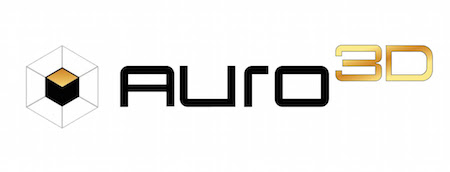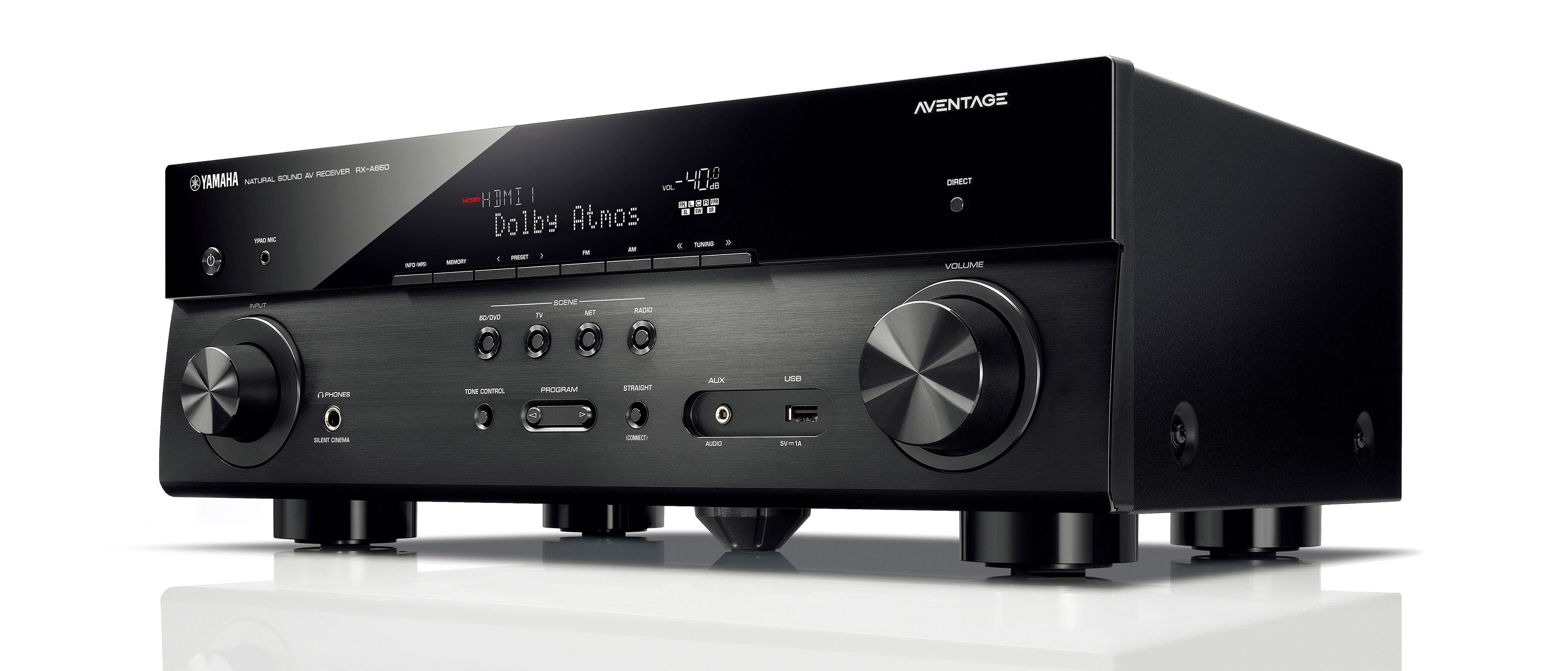Projectiondreams, the Algarve based Audio-Video company, has carried out an upgrade to their flagship Almancil cinema that raises the bar for high-end Cinema performance. In a move that merges the lines between domestic and commercial Cinema standards they have expertly mixed a range of products steeped in Cinematic tradition and pedigree.
The star of the show is the Datasat RS20i processor which delivers a sonic performance equalled only by a handful of commercial products, this feeds three Parasound Halo amplifiers, used by Dolby Labs in California in their testing facility. The amplifiers drive an array of 13 Miller and Kreisel speakers and 12 inch subwoofer that can perfectly replicate both Dolby Atmos and Auro 3D soundtracks. M&K Speakers are used in virtually all major recording and film studios around the world due to their renowned reproduction accuracy, Lucasfilm, Disney and Columbia Tristar are just three names that are M&K aficionados. Projectiondream´s MD, Vincent Myers, states that "The goal of any AV company is to bring the Director´s vision to the home with as little alteration as possible, this is made easier by using the same speakers and amplifiers that the film was actually mixed on."
Apart from the sonic wizardry, the visual side of the cinema has been revamped with a Sony 4K projector that boasts HDR (High Definition Range) and a 4K screen from Screen Excellence that combine to give a dynamic lifelike picture. Also on show are new acoustic panels made by the Projectiondreams Aesthetics division that finish off the luxurious ambience perfectly.

















 For a Dolby Atmos based system the additional two or four height channel speakers are installed in the ceiling or up-firing speakers can be used as per this set up guide:
For a Dolby Atmos based system the additional two or four height channel speakers are installed in the ceiling or up-firing speakers can be used as per this set up guide: Auro-3D is slightly different, in that the height speakers are installed on the wall directly above the positions of the main left, right, centre and surround channels at 30 degrees above the listening position. The VOG speaker is to be installed in the ceiling, directly above the main listening position.
Auro-3D is slightly different, in that the height speakers are installed on the wall directly above the positions of the main left, right, centre and surround channels at 30 degrees above the listening position. The VOG speaker is to be installed in the ceiling, directly above the main listening position.